Challenge
In Isaac Newton's prism, two sides of the prism refract the light: once when it enters and again when it leaves. As each refraction is accompanied by spectral splitting, a prism seems completely unsuited to concentrating solar radiation. But can a prism be used to focus sunlight onto a single point?
Invention
The RES-Prism uses all three of its sides to guide solar radiation. This gives the prism new optical features. While one solar ray is refracted and split at the first side of the prism, the split-up bundle is totally reflected at the second side and reunited as one ray at the third side. Assuming single-axis tracking, the prism can be used to concentrate solar radiation precisely on a focal line, independent of the angle of incidence.
Advantages
- Provision of a prism as solar concentrator
- Combination of multiple prisms in a solar module for up to 100-fold solar concentration with single-axis tracking
- Provision of a transparent, linear focusing optical system
Applications
- Design of a lighthouse tower collector with prism modules arranged vertically
- Design of a solar plant with prism modules arranged horizontally
- Design of urban solar lights
- Transparent sun protection for buildings
- Combination of sunshading and energy generation
- Integration of prisms in a tube collector
